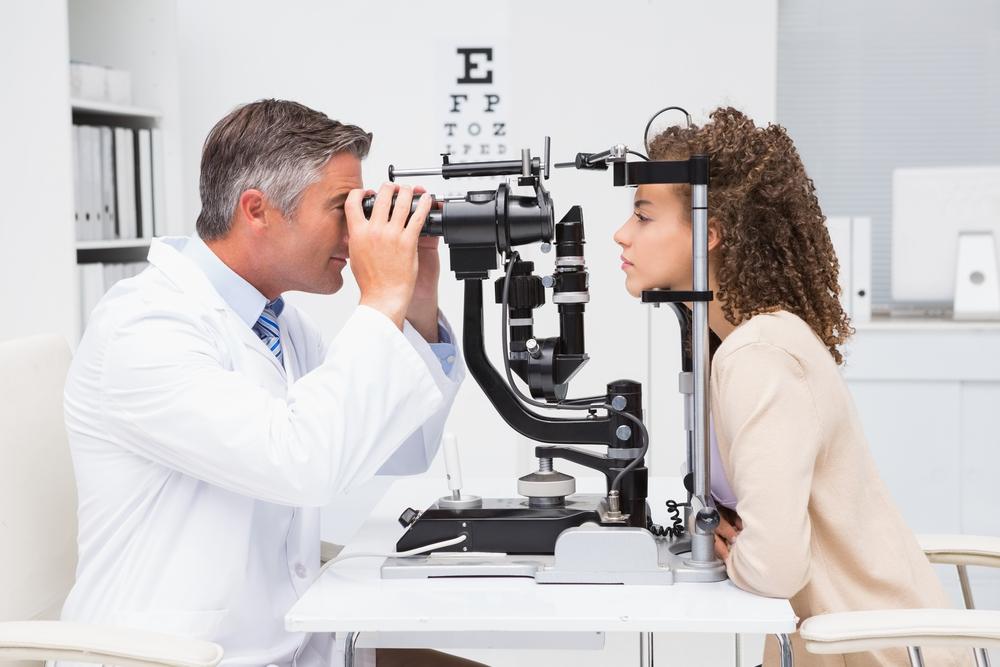
Main Eye Conditions and Their Treatments
The eyes gather visual detail and process it to provide vision. Light rays received by the eyes are converted into electro-chemical impulses in neurons to create vision. Eyes are healthy organs however changing lifestyle, trauma and hereditary reasons cause certain eye conditions that impair the eyesight. Let’s take a look at the main types of eye conditions and their symptoms.
Conjunctivitis
Conjunctiva is a transparent layer of tissue at the outer surface of the eye and when inflammation occurs, it results in conjunctivitis. This is the most common of all main types of eye conditions. Conjunctivitis is due to a viral infection in most cases which occurs due to cold, flu, some bacterial infections, sexually transmitted disease, allergies due to environmental toxins and it is contagious. The symptoms of conjunctivitis are
- Pus or watery discharge
- Burning
- Pain or itchiness
- Sensitivity to light
- Redness of the eyes
- Matting of the eyelids
Common treatment options for conjunctivitis are
- Ointments
- Eye drops
- Cold compress
- Removal or avoidance of toxins
- Pills as prescribed by the doctor
Age-Related Macular Degeneration
Age-related macular degeneration (AMD) occurs when the macula which is the central portion of the retina degenerates due to aging. AMD may occur in both eyes however the degree can differ from one eye to another. This condition is painless and the individual is affected with blurred vision. There are two types of AMD
- Dry AMD
Difficulty in recognizing people until at longer distances or in reading - Wet AMD
Identified with blurry vision, inability to differentiate colors, a darkness in the center of vision, or objects appears in incorrect sizes or shapes
Treatments for AMD are
- Anti-VEGF injection to the eyes
- Laser treatment (photodynamic therapy or photocoagulation
Cataract
The clouding of the internal lens of the eye is known as a cataract. This blocks the light from traveling through the lens. Cataracts are often an age-related issue and worsen if treatments aren’t provided earlier.
The symptoms of a cataract are
- Glare
- Blurry vision
- Double vision
- Diminished color
- Temporary sight improvements
- Overtime vision impairment
Cataract can be corrected by surgery and is a simple procedure in modern times where hospitalization is no longer needed. The patient can be discharged within two to three hours of surgery. Surgery can rectify both short- and long-distance vision issues.
Glaucoma
Glaucoma is an eye condition when the optic nerve is damaged by the pressure created by a fluid buildup. Vision detail is transmitted from the eyes to the brain by the optic nerve, and such damage can cause total vision loss.
The symptoms of glaucoma are
- Severe eye pain
- Blurry vision
- Nausea
- Rainbow haloes
- Headache
Treatment for glaucoma involves
- Eye drops
- Surgery
- Laser therapy
Amblyopia
This is one of the main types of eye conditions that occur mostly to children where one of the eyes tends to be weaker than the other. It occurs when the brain favors using one eye to capture vision details than the other, which results in irregular vision in the weaker eye. It can also be due to cataract caused by a physical obstruction of vision. The result of the condition is a large difference in the degree of long and short-sightedness. The affected person can endure permanent vision impairment.
The common symptoms of amblyopia are
- Crossed eyes
- Differences in the refractive error
- Bumping into objects on one side
Treatment options for amblyopia include
- Contact lens
- Corrective lens
- Vision therapy
- Prisms
These main types of eye conditions are quite common, so the symptoms can be treated promptly and with much ease.


